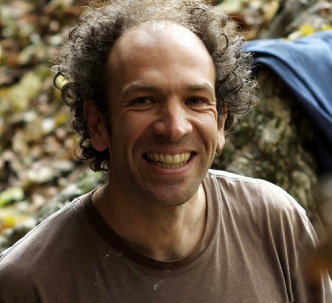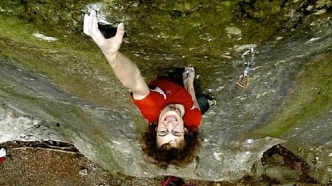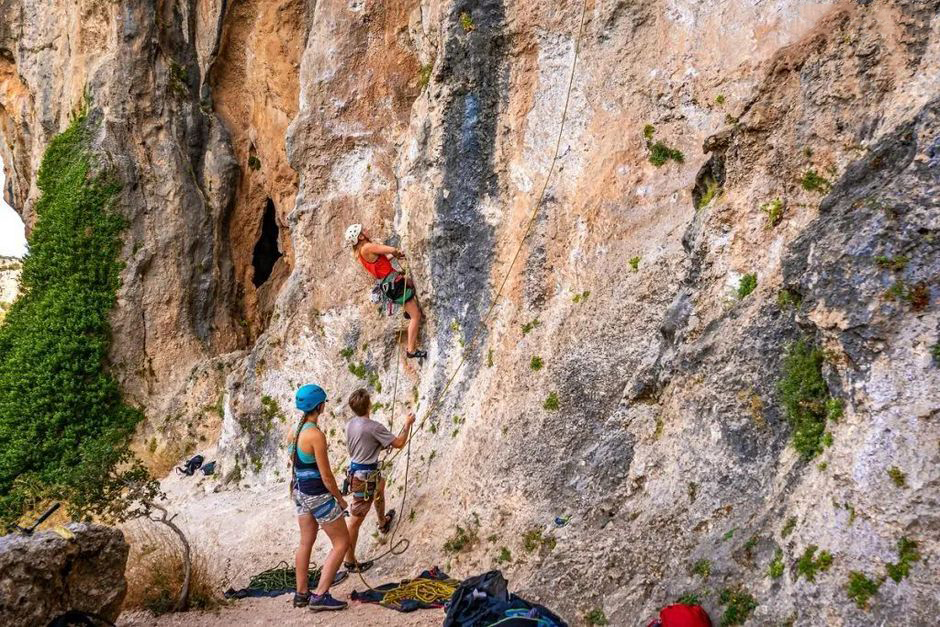The Sport of Strength and Beauty Born in the Late 19th Century: A Brief History of Bouldering

Bouldering refers to the act of climbing large boulders, typically no taller than 5 meters, without ropes or relying on any external aids. Climbers depend solely on their own strength to complete the ascent, making it a distinct discipline within the broader sport of rock climbing.
In recent years, bouldering has experienced rapid growth, both in international competitions and on outdoor rock formations, attracting an increasing number of participants.
However, just a decade ago, it was a sport engaged in by only a small minority of climbers. According to statistics from the renowned climbing website 8a, boulder problems accounted for only 10% of the routes recorded on their site at that time. Data from six months ago, however, shows that the number of boulder problems has now approached 50%.


Bouldering emerged as an activity in the late 19th century in places like the UK, France, and Italy. It wasn’t until the 1930s that it appeared as an organized sporting activity, making its debut in the famous French climbing area of Fontainebleau.
In the 1950s, climber John Gill introduced bouldering to the United States, gradually attracting more climbers to try and practice it.
During the 1970s, the American bouldering pioneer Jim Holloway completed a series of groundbreaking ascents. In 1975, he achieved a historic milestone by completing the world’s first 8a+ (V12) boulder problem – “Trice” – pushing the sport into a new phase.
In 1990, the world’s first dedicated bouldering crash pad was introduced, significantly improving safety for the sport.
The most prominent figure in bouldering during the 1990s was undoubtedly Fred Nicole. Born in 1970, this Swiss climber made the first ascents of numerous high-difficulty problems, becoming the sport’s brightest star. He was the first person in the world to complete boulder problems graded 8b, 8b+, and 8c.
In 2001, the UIAA (International Climbing and Mountaineering Federation) organized the first Bouldering World Championship. Subsequently, the International Federation of Sport Climbing (IFSC), which separated from the UIAA, began hosting multiple annual bouldering World Cup events, attracting athletes from numerous countries.
After 2010, bouldering entered a period of accelerated development. Rising stars like Adam Ondra achieved further significant breakthroughs in the discipline.

(Image Caption: Fred Nicole, bouldering master of the 1990s)

(Image Caption: New wave bouldering powerhouse – Adam Ondra)
Furthermore, bouldering profoundly cultivates unwavering determination and refined climbing techniques, making it an intensely stimulating sport.
It demands that climbers continuously execute complex and often daring movements – such as turns, pull-ups, dynos (dynamic leaps), and even jumps – on walls of various heights and angles. Combining fitness, recreation, and competition, bouldering is an exhilarating yet aesthetically captivating extreme sport, globally revered by climbing enthusiasts as “ballet on rock walls.”
The ability for climbers to focus intensely during the ascent, fully savoring the joy of climbing and the thrill of success, is also a key reason for its rapid development in recent years.









































